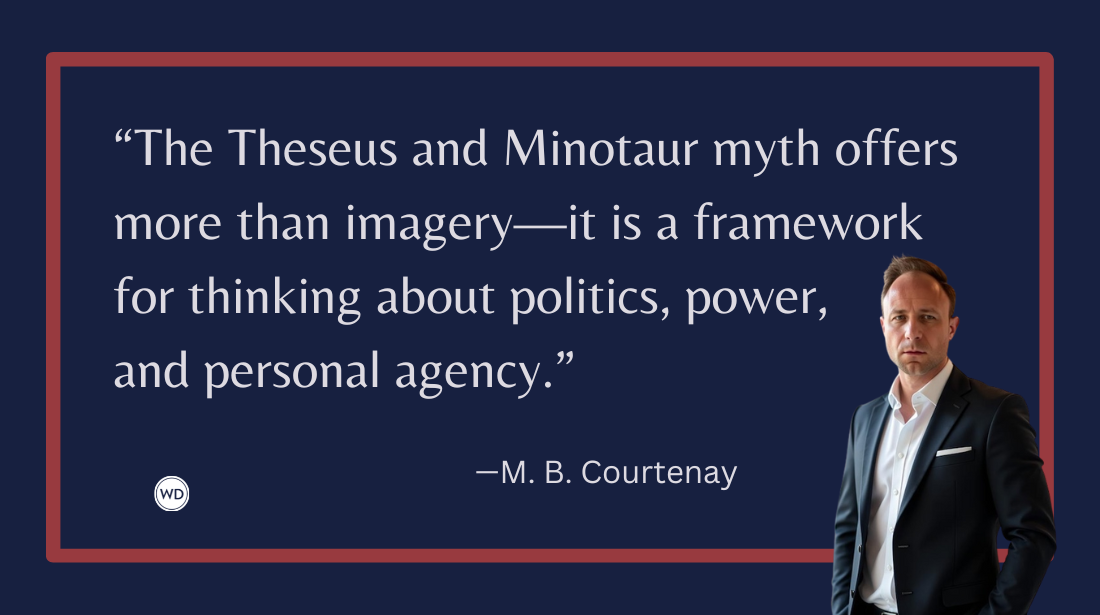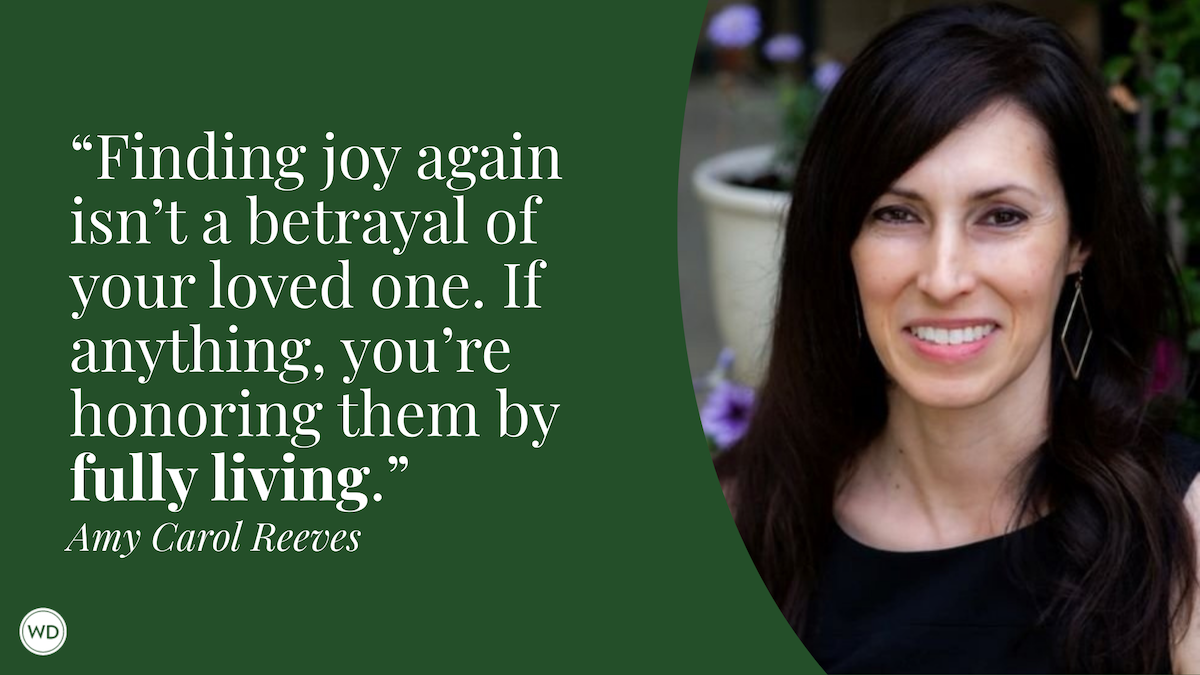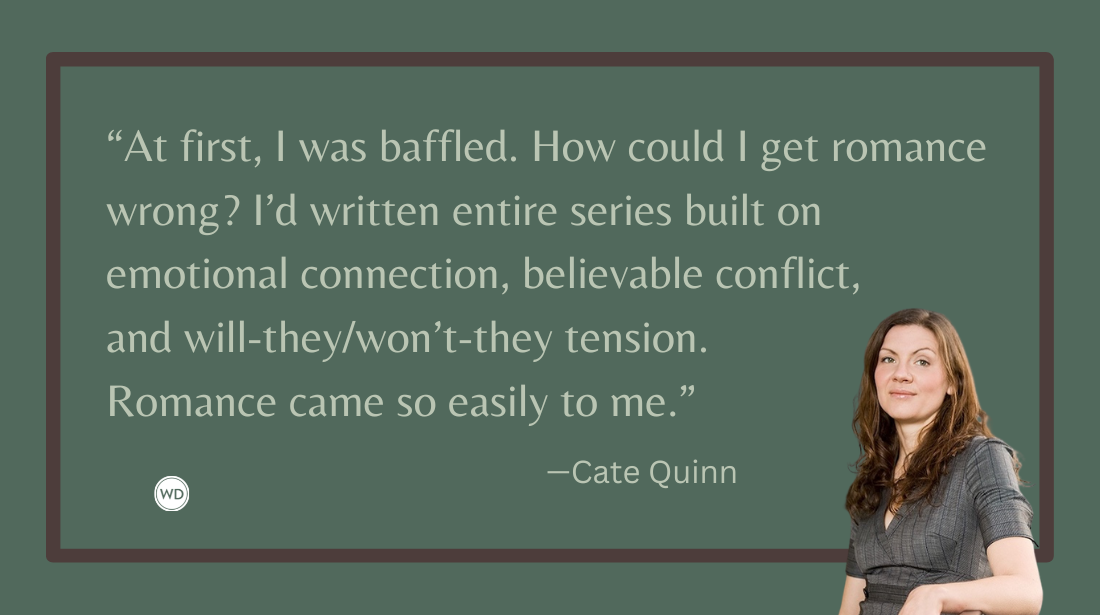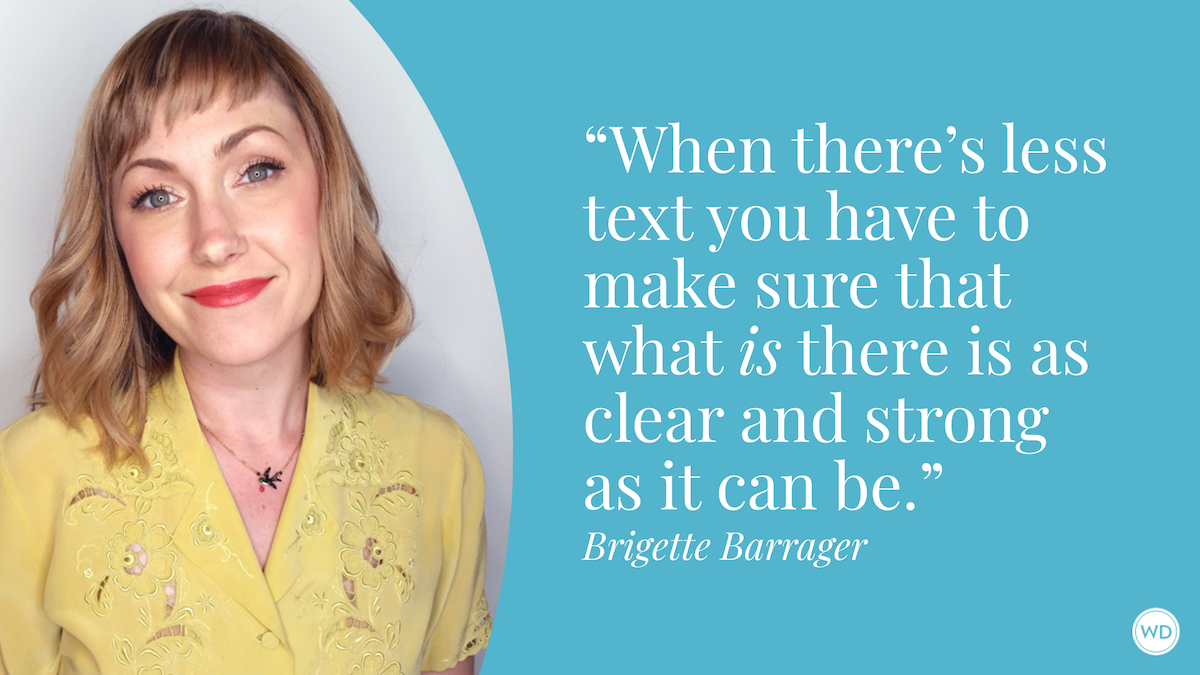What They Don’t Teach You in MFA Programs: 5 Rules for Writing Stories That Work
Bestselling author and creative writing instructor Chris Mooney shares his five rules for writing successful stories that they don’t often teach in MFA programs.
I was never a fan of academic creative writing courses. The ones I took in college and graduate school were, shall we say, less than desirable (more on that in a moment), and the classes were run by professors, some of whom were published writers, who loved to talk about what made great writing but couldn't (or wouldn't) explain what made a great story. Story, more often than not, was secondary.
I've been teaching creative writing at Harvard's Extension School and their Summer Writing Program, on and off, for the past two decades, to mainly graduate students, and I'm always struck by just how little many of these great, promising writers know about story. Whether you're writing romance, young adult fiction, or the great American novel, it all begins with story. You have to know story structure, how it works and how to work it, before you write a single line.
And this is how you do it.
*****
Writer's Digest is proud to offer our Copyediting Certification course. This workshop will provide training for aspiring copy editors in order to give them practical and marketable workplace skills. As a student in this certification course, you will progress from the fundamentals of grammar, form, and composition to advanced copyediting skills.
*****
Rule #1: What Story Do You Want to Tell?
You have to start here. And this is where many writers fail because they don't take the time to ask themselves the question. Even when they do, they often come up with an idea that isn't clear or specific.
Let's say you want to write a coming of age story about a boy. That's a starting point, a germ of an idea, but it tells you absolutely nothing about the actual story. Saying you want to tell a story about a thirteen-year-old boy from Kansas who undergoes a spiritual awakening while in a six-month coma—that's more specific.
When I began drafting my crime thriller novel Blood World, I started with the idea that one of the things we struggle with in life is the effects of aging. It's a premise, but it's not a story.
Once I sat down and experimented with ideas, I came up with a better preliminary idea for Blood World: There are people called carriers who have a certain gene that allows their blood to operate at maximum efficiency. They live longer, are healthier, and look young. When a "non-carrier" gets a full-body blood transfusion with carrier blood, along with a mix of certain medications, the results are amazing—fat melts away; skin looks young and supple; increased energy and muscle mass—oh, and as an added bonus, you'll have the sex life of your dreams. The younger the carrier, the cleaner—and more powerful—the blood.
Interesting, right? The idea is also specific and clear.
Once you have a solid idea that excites you, then you move onto the next important question:
Rule #2: You Must Have Conflict.
No matter what story you write, no matter what scene you write, conflict is your best friend. This isn't just the realm of thrillers. The same principle works in every story, whether it's literary fiction or a summer rom-com or the latest Disney Pixar movie.
Your job as the writer is to create lots of conflict, and you do that with your characters. Your characters have to want something—a goal or desire—and you, the writer, need to set up interesting obstacles. The characters have to struggle against these obstacles, and when they overcome them, not only does the experience change your characters in some way, they must take what they've learned and apply them to new obstacles, with greater stakes. This is what creates not only drama and suspense but also creates story.
To put it simply, your protagonist wants something, and the antagonist will go out of his or her way to prevent your protagonist from getting it. Their actions and decisions create conflict, which creates story and also moves the story along. John Truby, in his excellent (and highly recommended) book The Anatomy of Story says it best: "Create an opponent … who is exceptionally good at attacking your hero's greatest weakness."
Blood World’s main protagonist is Ellie Batista, a young patrol officer who, for deeply personal reasons, decides to go undercover to penetrate the blood empire run by Sebastian Kane, owner and operator of Los Angeles' most successful—and secretive—blood supplier. They both want different things—Sebastian, to preserve his business and keep his identity a secret; and Ellie, who wants to bring him down.
There's one caveat: The story must feel natural—meaning, the story comes about because your characters are making their own decisions. The writer is invisible. The reader must never feel you're forcing your characters into decisions and choices in order to serve the plot. Story isn't a machine.
Rule #3: Always Start With Action.
You always—always—want to open with the "big" event—the inciting incident—because this is what your overall story is about. Don't work up to it; throw the reader right into it. Yes, it's tough, because you need to weave in backstory and some other matters, but you have to do it. It takes time and practice.
Let's say that's not your creative process—that you're the type of writer who needs to write his or her way into the story first. Okay, fine. Do that. Then, when you're done, your job is to identify this "big event" and figure out a way to start the story there. You have to get the reader into that scene as soon as possible. This rule applies not only to the opening scene but to every single scene you write.
*****
If you want to learn how to write a story, but aren’t quite ready yet to hunker down and write 10,000 words or so a week, this is the course for you. Build Your Novel Scene by Scene will offer you the impetus, the guidance, the support, and the deadline you need to finally stop talking, start writing, and, ultimately, complete that novel you always said you wanted to write.
*****
Rule #4: Always Increase the Stakes … and Don't Let Up.
Most beginning writers have an idea of a scene that starts with conflict. Where they often stumble is by not taking the time to ask themselves what the stakes are.
The opening scene in Blood World shows Ellie going to a situation that will evolve into a crime scene. What I asked myself here is: What is this going to cost her? Sure, her life is going to be in danger, but the scene has to be more than just that. She has to have something else on the line—something personal. The choices she makes in this confrontation—and what happens after—put her on a path where she confronts new obstacles that require her to make even harder decisions, with more dire consequences.
I also wanted to put pressure on Sebastian from another source: His stepson Paul, who wants Sebastian's empire to do all sorts of nasty and awful things. Sebastian operates by his own moral code. Paul doesn't have one. Do you see how each character's wants, needs, and goals are in direct opposition to each other?
I always approach story this way: You place a noose around your character's neck. Each decision the character makes tightens the noose just a little bit. But as the story evolves, as your character makes tougher decisions, that noose is going to get tighter and tighter. It's at its tightest right at the end—the climax of the story—where your character encounters his or her greatest obstacle, the one that is going to allow your character to finally "breathe" again. When this happens, however, your character is changed in some way by the experiences and the choices he or she made.
And what if you don't want your character or characters to change? That's fine too because that says something about them and the overall story you're trying to tell—but we still need to see and know why they don't change.
Rule #5: Prepare Yourself in Advance.
I'm the type of writer who knows how a book is going to open, and how it's going to end. I might have some vague ideas about what happens in the middle, which is why when I start writing, the beginning part flies … and then comes to a grinding halt. Why? Because I have no idea what happens next. Not only that, I'm usually paralyzed by indecision.
When I first started out, I would write draft after draft of a book. That process doesn't work out so well when you have to write a book a year—and, most important, it's draining and demoralizing. What's a writer to do?
You outline.
Now, if you're of those writers who says, "I can't do an outline, it will kill my creativity," know that I, too, thought that way. But consider this: TV writers get into a room to first hammer out ideas. Then they work on the overall themes and character arcs, then individual episodes and then scenes. So I decided to try it.
By sitting down and outlining your book, figuring out its structure ahead of time, wrestling with the big dramatic choices your characters are going to make, how you're going to increase the stakes—trust me when I tell you that doing all these things upfront, before you write, will free you up creatively.
How? Because you're creating a roadmap of where you want to go. When you sit down to write, you already know where you're going, which puts you into a more relaxed state. You're focusing on the scene in front of you. You're not worrying about what comes next, if it's the right or wrong decision. The more relaxed you are, the more your imagination will work, offering you more ideas. Some of these ideas will be very exciting, and if you get one that you fall in love with one, guess what? All you need to do is take a look at your outline and see how to best incorporate it. You won't have to throw out 100 or more pages labored over for weeks or months and start from scratch.
The outline is a guide. That said, the more locked down the idea, the more pleasant—and creatively fulfilling—the writing experience. I've had students fight me on this, and while not all of them enjoyed it, they all said the same thing at the end: They're glad they tried it. The process allowed them to engage in their story on a deeper level because all the "big-picture" stuff was already out of the way.
Do yourself a favor and follow these guidelines. They'll make you a better storyteller. You'll create deeper, more fully formed characters that readers will fall in love with and a richer, more compelling book that readers won't be able to put down. At the end of the day, isn't that what you want?
Chris Mooney is the internationally bestselling author of twelve novels, including BLOOD WORLD (August 18, 2020; Berkley/Penguin Random House). His books have been chosen as a main selection of the International Book of the Month Club, become an instant bestseller in more than thirteen countries, been nominated for an Edgar Award for Best Novel by the Mystery Writer’s Association, sold nearly two million copies and been translated into more than twenty languages. He lives in the Boston area with his wife and son and teaches writing courses at the Harvard Extension School and Summer Writing Program. You can connect with him online at chrismooneybooks.com.









